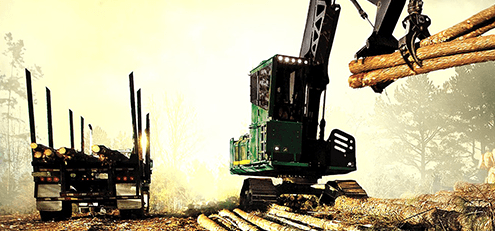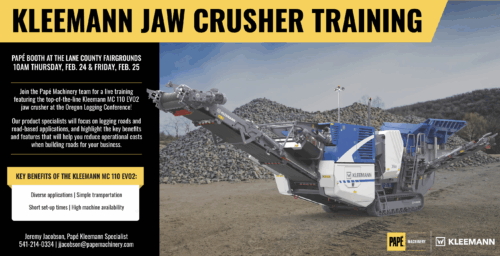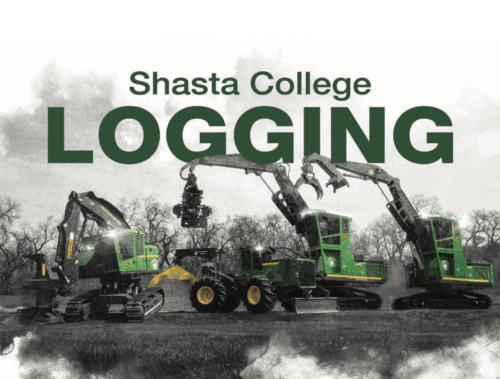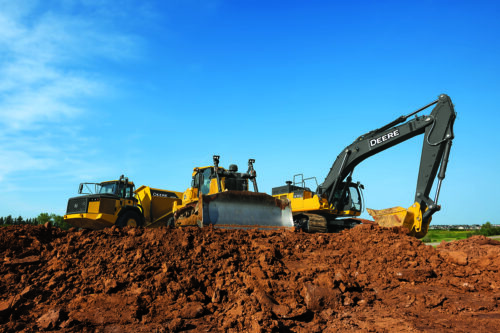With a constant focus on ways to improve productivity, efficiency, and harvest safety, the future of the timber industry points towards technology and automation. Thanks to other industries headed in the same direction, as well as perpetual improvement to logging techniques, experts are predicting that logging could become 100% automated in the not too distant future. Below are a few opportunities afforded by automation and technological advancement in the timber industry.
Safety First
Shifting from manually operated to an automated timber industry isn’t solely about meeting the bottom line – it’s about the safety and health of operators. When machine operators are removed from potentially hazardous situations in the field, the risk of on-the-job injury is greatly reduced. Luckily, today this is a reality with new improvements built into the cab such as fatigue monitoring systems, ergonomic cab designs, and improved seat suspension systems greatly help to increase the comfort and safety of operators over the course of longer shifts. Fleet owners who operate a John Deere feller buncher are privy to the win-win advantages of forestry automation technologies.
Productivity a Close Second
The advancements in timber technology and harvest techniques have paved the way for increased productivity and efficiency. For instance, John Deere’s ForestSight includes four key technologies—JDLink, Machine Health Prognostics, Remote Diagnostics, and TimberNavi Jobsite Mapping. With ForestSight, machines like John Deere feller bunchers can be remotely tracked and monitored. This technology helps optimize your jobsite by accomplishing the following:
- Reducing time spent idling
- Identifying unused machines
- Setting up virtual fences to improve security
- Creating jobsite maps
- Providing maintenance reminders
- Offering machine health prognostics
Meeting Labor Needs While Reducing Costs
Labor remains the largest overhead in the timber industry—at least one-third or more of the total cost in logging operations—and a reduced interest in the timber field, the move towards automation is more than fruitful. Add in the projected increase in lumber prices, and timber harvest companies could see a decrease in overhead and an increase in profit in the coming years. Automation has started to ease the need for harder-to-fill jobs while simultaneously lowering the costs of operation by reducing labor overhead.
While humans aren’t likely to become obsolete in the timber industry, automation and technologies are entering the scene and improving the health and safety of workers, as well as helping logging operations to become more efficient and remain in business for years to come. Take it from an industry-leading expert and the Integrated Solutions Manager at Papé, Barry Peterson:
“The ability to digitally map job sites and identify cut-block boundaries and potential hazards, coupled with remote capabilities such as visibility to machine production, operator efficiency and diagnostics, are real game-changers in forestry. These new capabilities can help increase productivity, lower daily operating costs, reduce downtime, and most important of all improve safety on the jobsite.”







